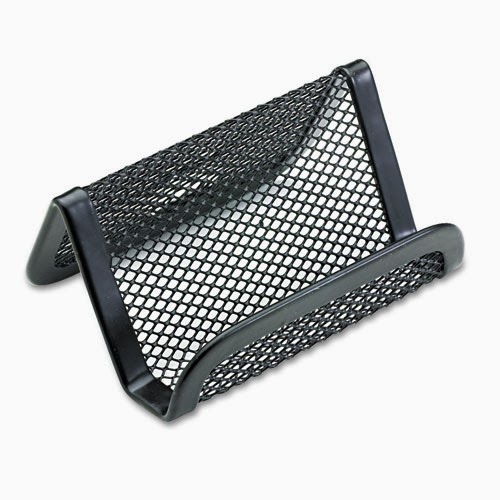How to know you're ready for a new office chair
Let's start this off by trying to put the decision into perspective: Would you spend only $60 on a new mattress? A mattress that you sleep on every night. A mattress that could lead to back pain with poor springs and little cushioning? Probably not. So why is your office chair looked at any differently? And I know from talking to you that for some, more hours in our office chairs than we do in bed!
There are many options that can benefit your back and legs. You may think you are saving when you buy an inexpensive chair, but 99 times out of 100 you end up paying with either poor quality or back pain. With our extra discounts on HON this month, now is a great time to consider a small investment in yourself.
Most of us spend about a third of our day sitting at our desk. The right chair
can make a huge difference in your productivity, comfort and health.
Are you ready for a new one? You probably are if...
- Your shoulders and neck are stiff and sore
- You have to stretch to reach your mouse or keyboard
- Your lower back aches
- The seat cushion provides little or no padding
- Your chair does not slide under your desk
- You have eyestrain
- Your chair is too narrow, long or short in the seat
- You're just plain uncomfortable!
Whether you sit at your desk for hours at a time or in spurts throughout
the day, it is crucial to select a chair that supports your shoulders,
arms and back. Having an ergonomic chair that offers support prevents
you from hunching over or overstretching which can lead to chronic
muscular problems. Ergonomic chairs allow you to make several
adjustments to the height, back, arms and lumbar region. This is not a
one size fits all, and there are many options from which to choose.
Here are a few tips on selecting an ergonomic chair that works for you.
Consider how you work. Do you spend a lot of time on the phone?
Do you need to quickly access files or other items in desk drawers? Do
you use the keyboard and remain in the same position most of the day?
Height: You should be able to sit comfortably, feet flat on the
floor with your knees at a 90 degree angle. Look for a seat with a
pneumatic lever you can raise or lower while seated.
Arms: Armrests take the pressure off your shoulders and neck
which is especially important if you sit at the computer for a
significant part of the day. When typing, your forearms should be just
above the armrest, with your elbows resting on it. Look for armrests
that adjust for both height and position to accommodate different
activities.
Back: We all have a natural curve in the lower part of our spine,
and it?s this area, the lumbar region, that can cause the most problems
if not properly supported. That?s why a good ergonomic chair should
include a lumbar support with adjustments for up and down, forwards and
backwards to suit the natural angle of your spine. It should be high
enough to support your shoulder and neck, while allowing for movement so
you can reach for items when you need them. Spend a lot of time on the
phone? Then you may want to check out chair backs that recline to suit
your posture.
Seat width and depth: Look for a chair that gives enough depth in
the seat so you have two to four inches between the back of your knees
and the edge of the seat. The width should be at least one inch wider
than your hips and thighs.
Headrests and footrests: These features aren't for everyone, but
may be right for you. Headrests provide good support and prevent neck
pain when talking on the phone in a more reclined position. If you want a
footrest, select a free-standing one that allows you to rest your feet,
keeping your knees at a 90 degree angle.
With literally thousands of chairs available to you, let our staff help in picking the right chair. We can find you something that is both comfortable and stylish, and make your workday a little more enjoyable.
Portions reprinted care of biggestbook.com




















